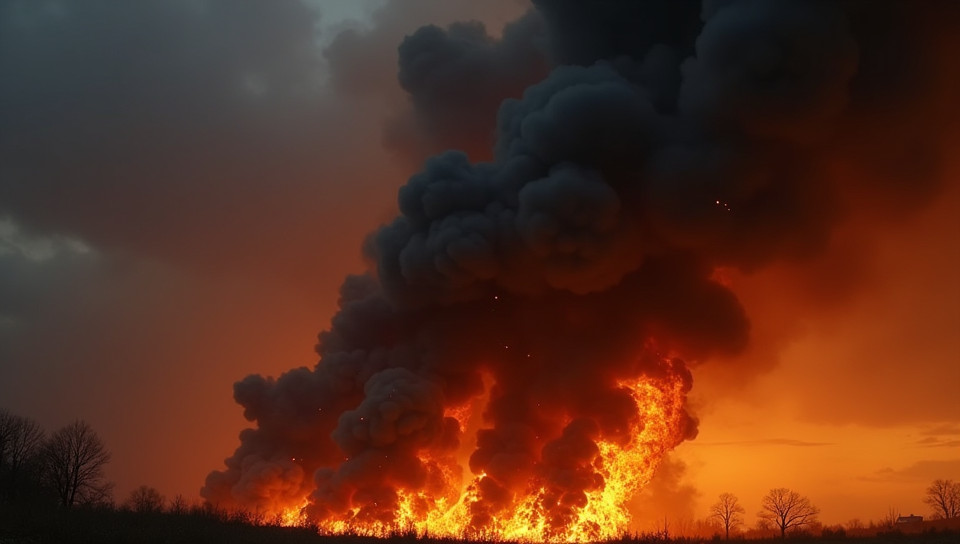High-temperature fires generate a lot of black smoke 79%

High-Temperature Fires: The Science Behind Black Smoke
Imagine being trapped in a building engulfed by thick, black smoke. The air is toxic, visibility is zero, and every breath feels like a gamble with your life. High-temperature fires are notorious for producing massive amounts of black smoke, which can be deadly to humans. But have you ever wondered why this happens? In this article, we'll delve into the science behind high-temperature fires and the role of black smoke.
What Causes Black Smoke in High-Temperature Fires?
High-temperature fires occur when a fire is fueled by highly combustible materials, such as plastics, wood, or gasoline. When these materials burn at extremely high temperatures (typically above 1,000°C), they release large amounts of particulate matter into the air. This particulate matter is made up of tiny particles that are too small to see with the naked eye.
The Chemistry of Black Smoke
The chemistry behind black smoke is complex, but it's essential to understand the basic principles. When materials burn at high temperatures, they undergo a process called pyrolysis, where they break down into simpler compounds. These compounds then react with oxygen in the air to form new substances, including particulate matter.
Factors That Contribute to Black Smoke
Several factors contribute to the production of black smoke in high-temperature fires:
- Lack of sufficient oxygen
- High temperatures
- Presence of volatile organic compounds (VOCs)
- Type of fuel being burned
- Ventilation conditions
The Dangers of Black Smoke
Black smoke is not just a nuisance; it's a serious health hazard. When inhaled, the tiny particles that make up black smoke can cause respiratory problems, including bronchitis and asthma. Prolonged exposure to black smoke can even lead to cancer.
Conclusion
High-temperature fires are a deadly combination of heat, fuel, and oxygen. The resulting black smoke is a potent cocktail of toxic substances that can be lethal to humans. By understanding the science behind high-temperature fires and the role of black smoke, we can take steps to prevent these disasters from occurring in the first place. Whether you're a firefighter, engineer, or simply someone concerned about public safety, it's essential to appreciate the dangers of high-temperature fires and the importance of preventing them.
- Created by: William Davis
- Created at: Nov. 29, 2024, 11:44 a.m.
- ID: 16315








